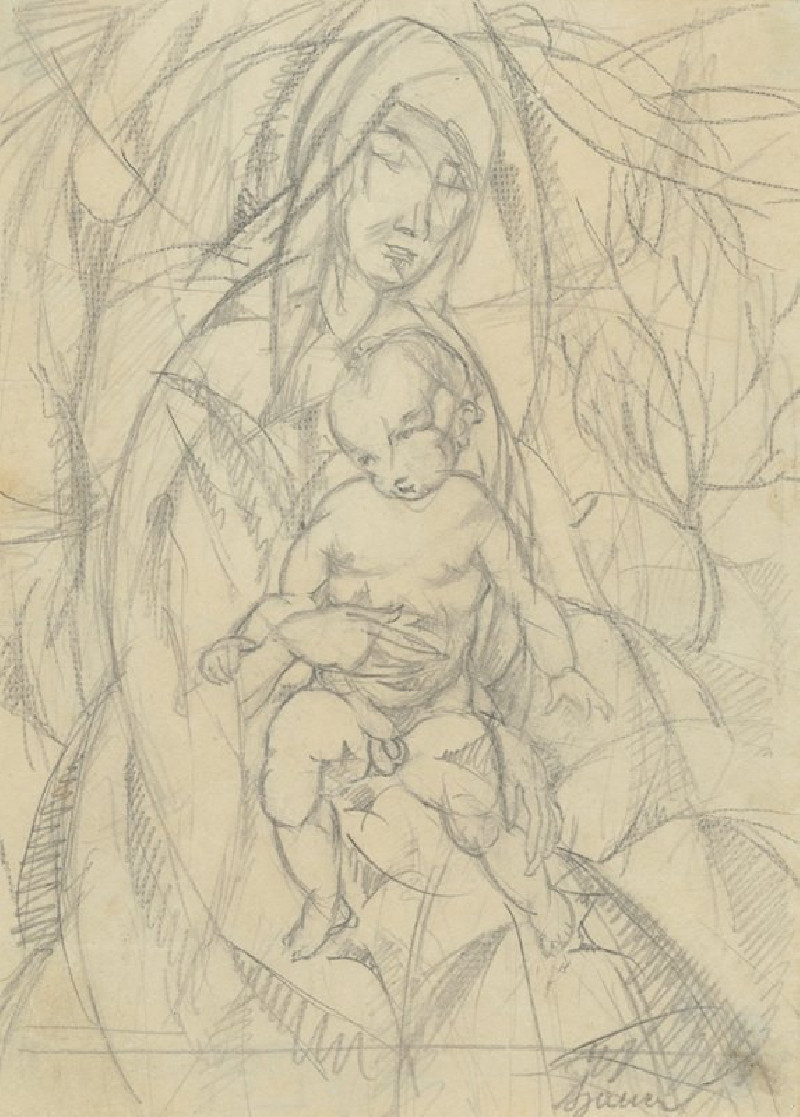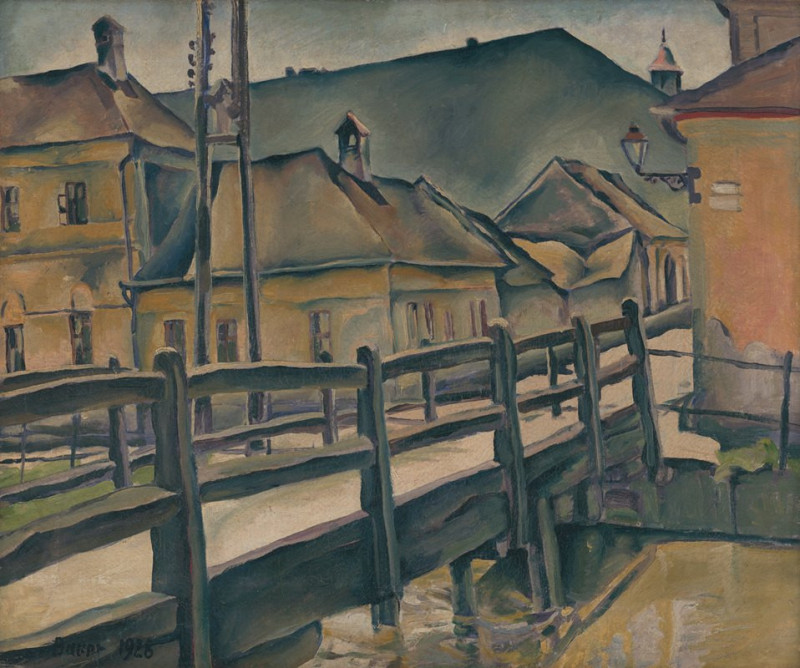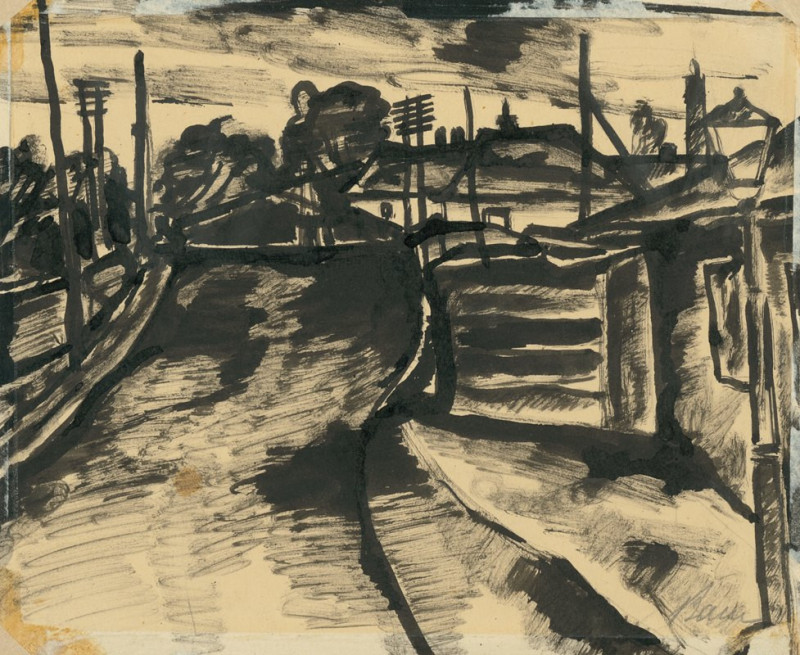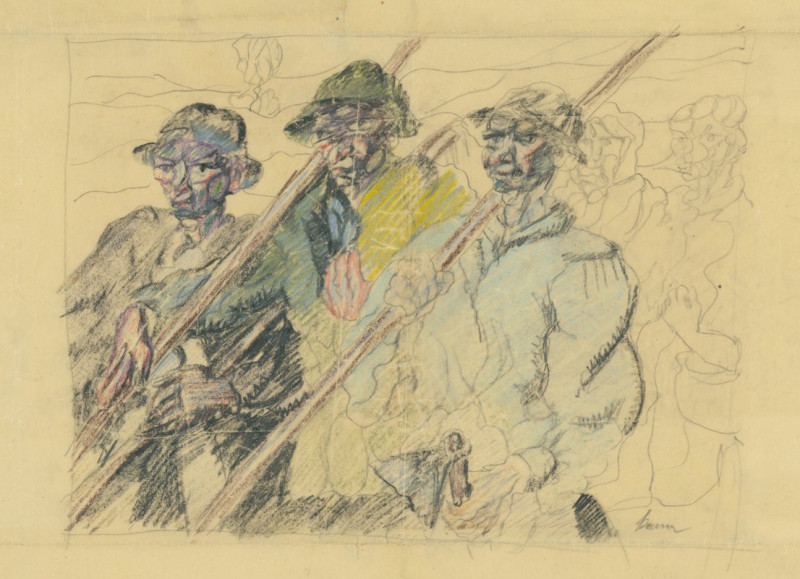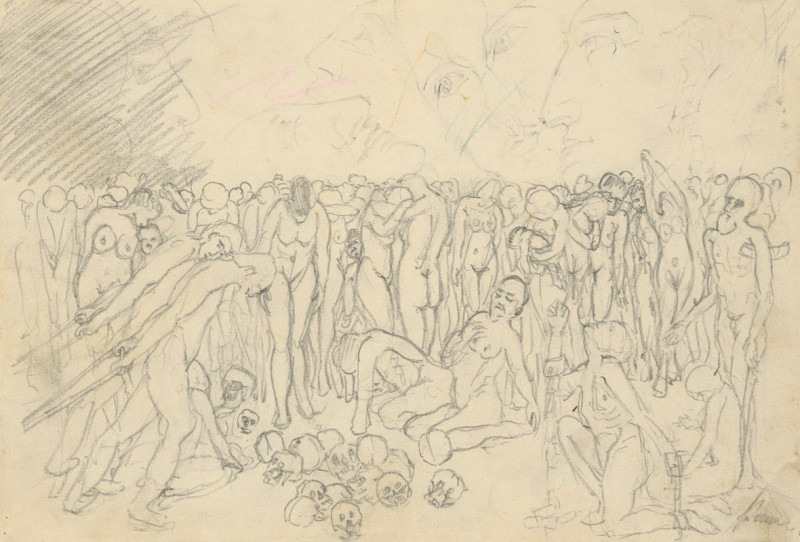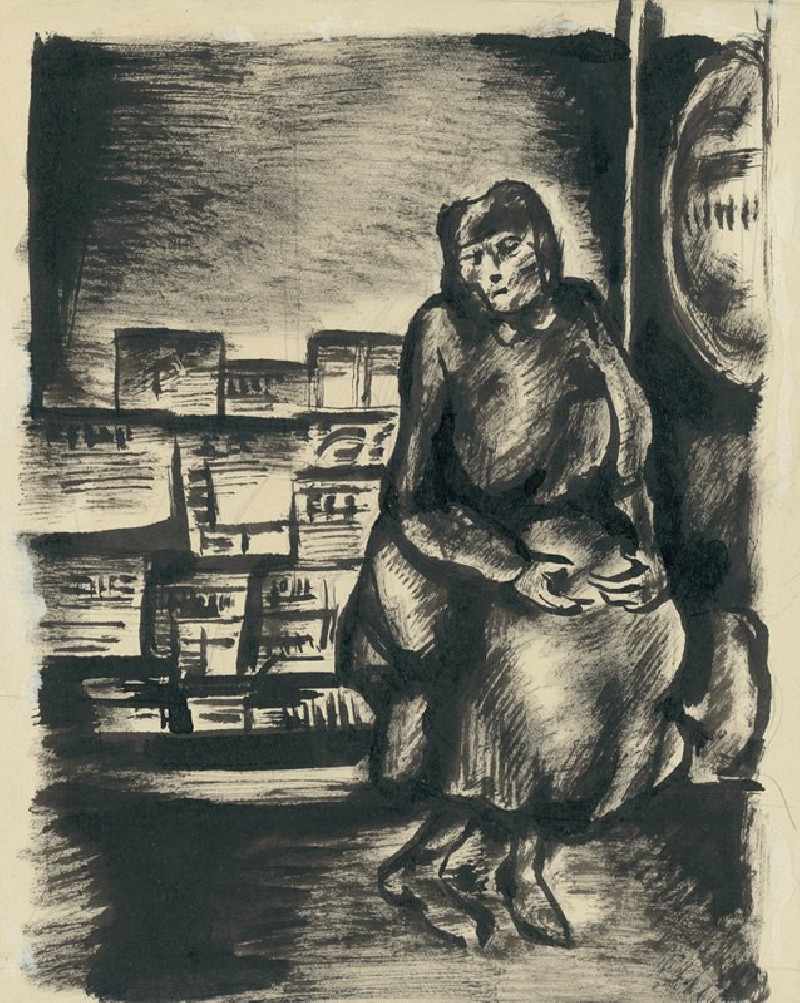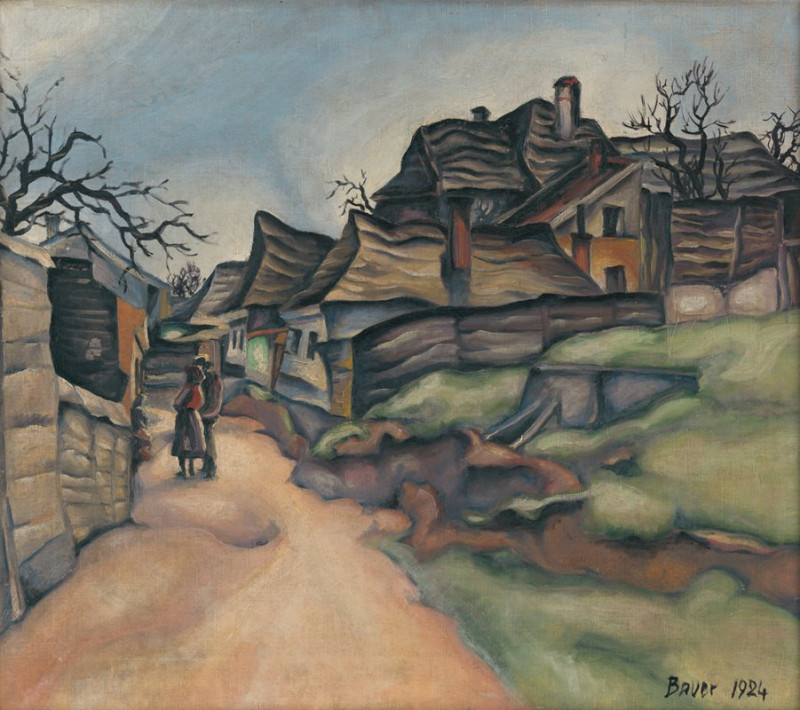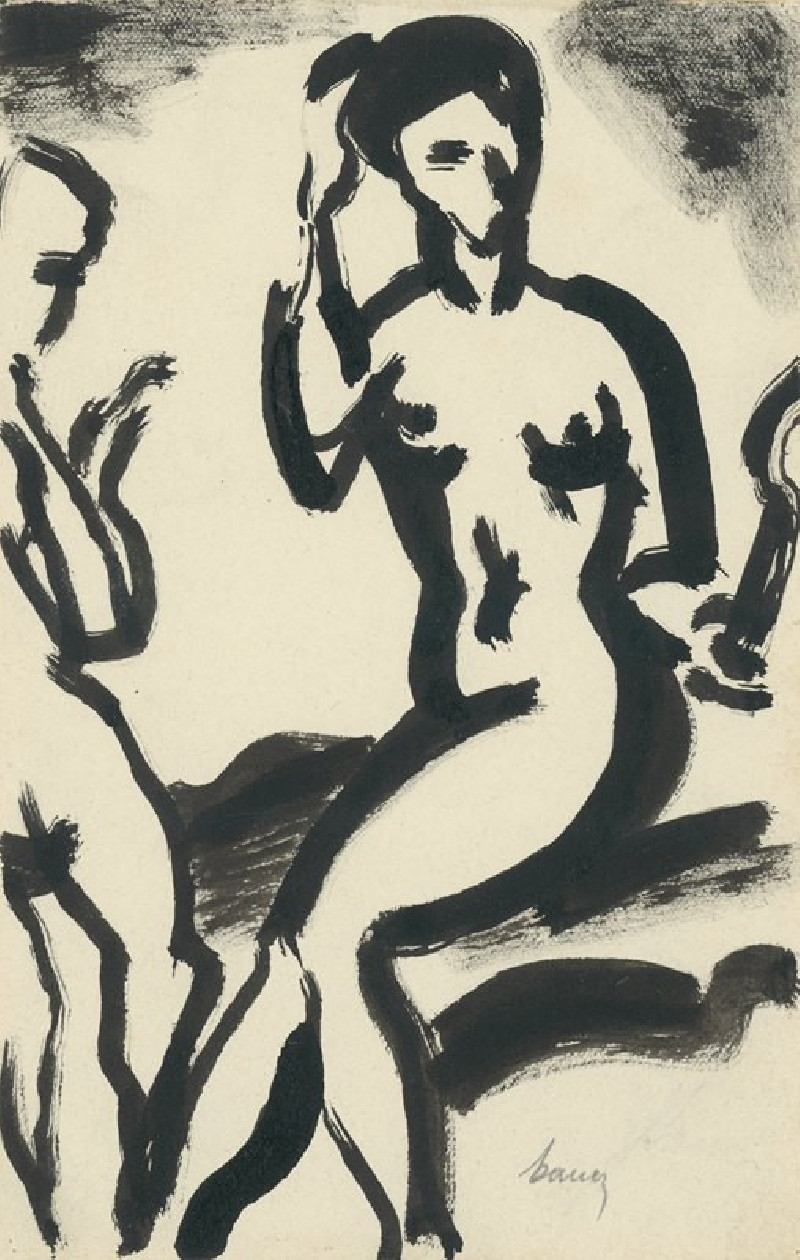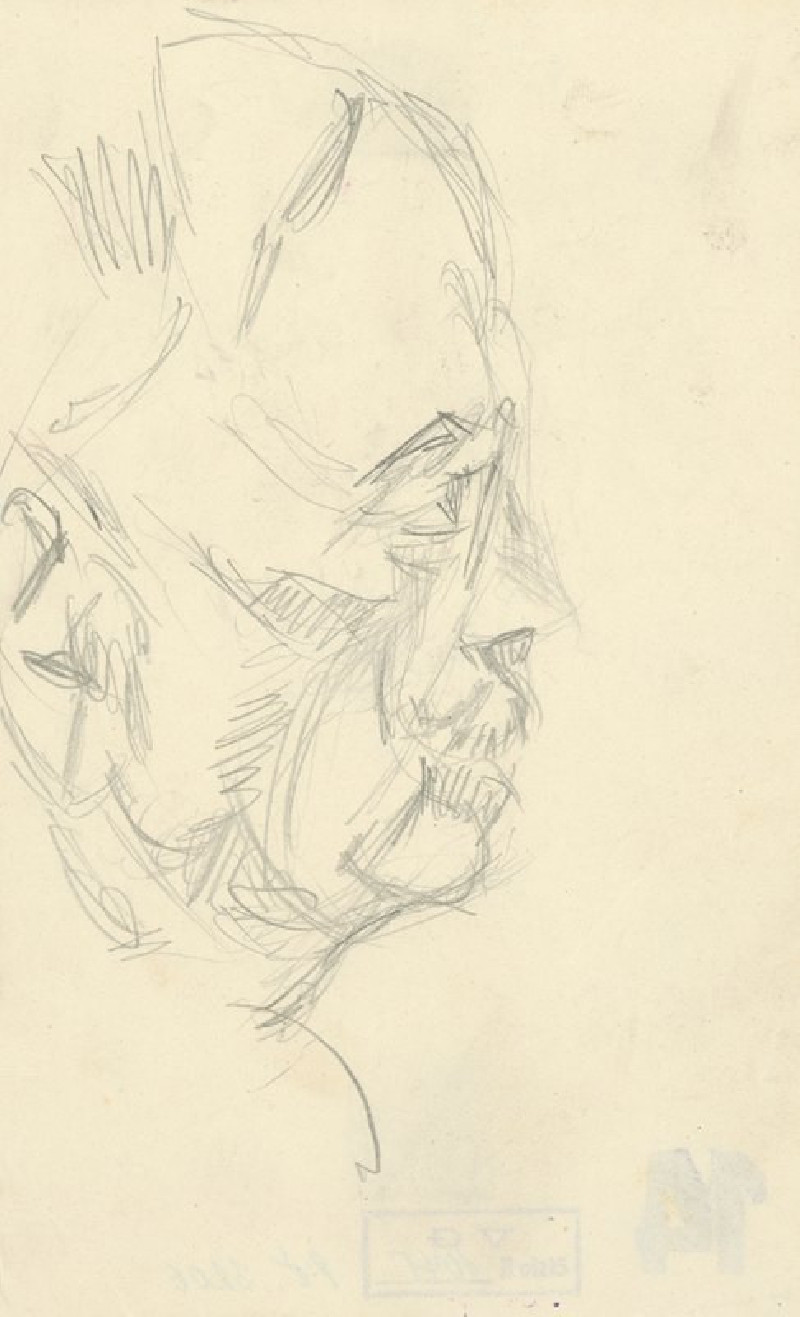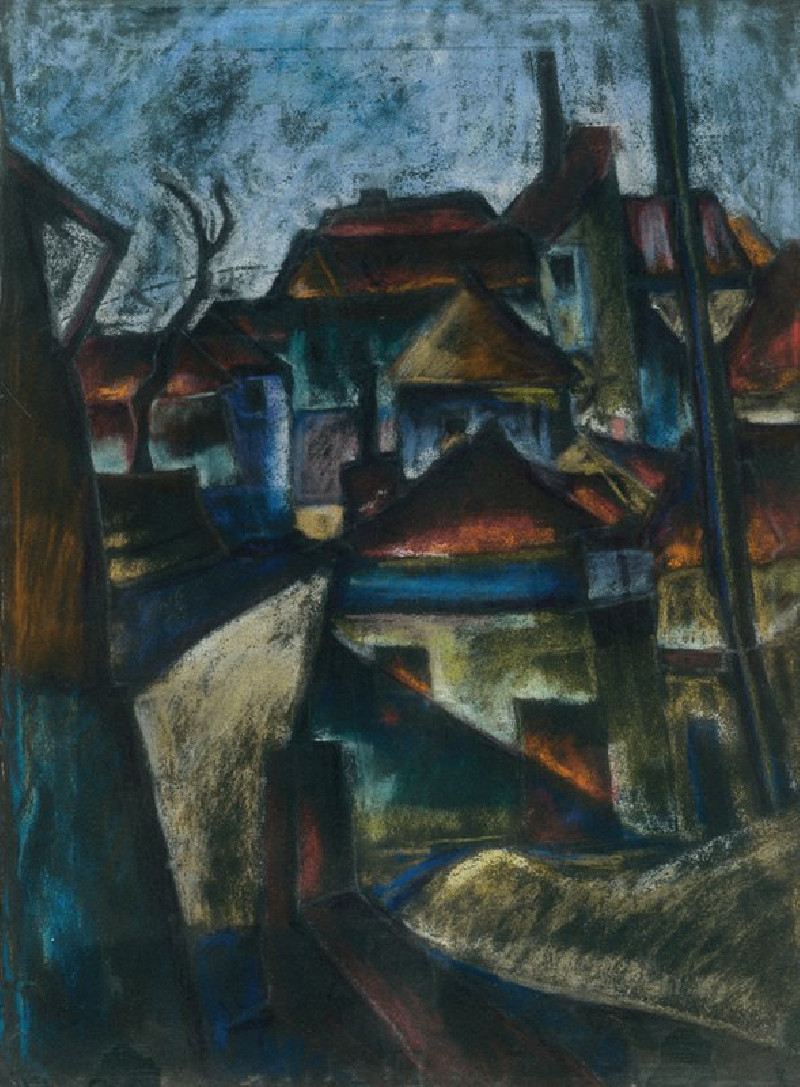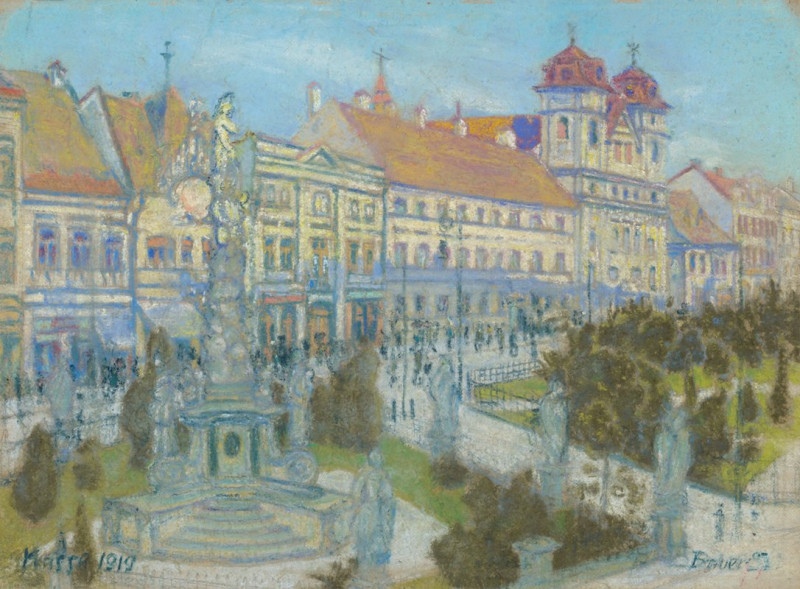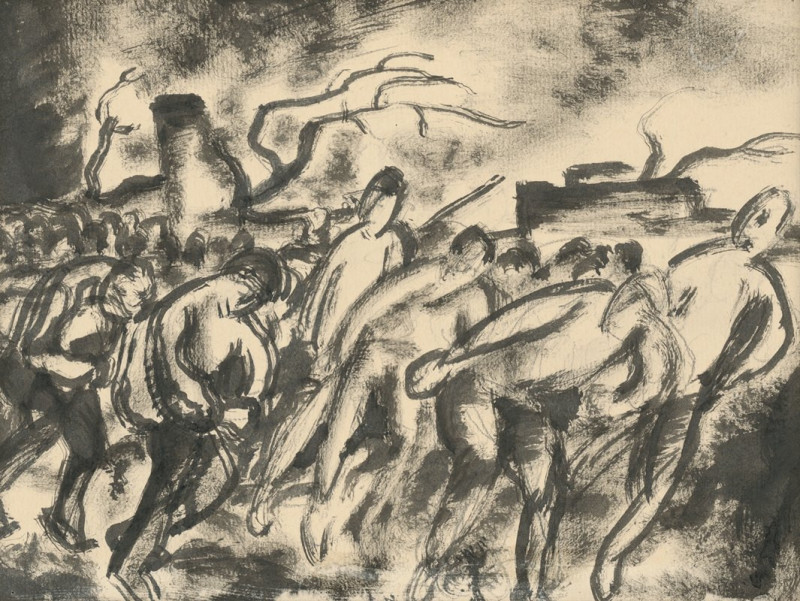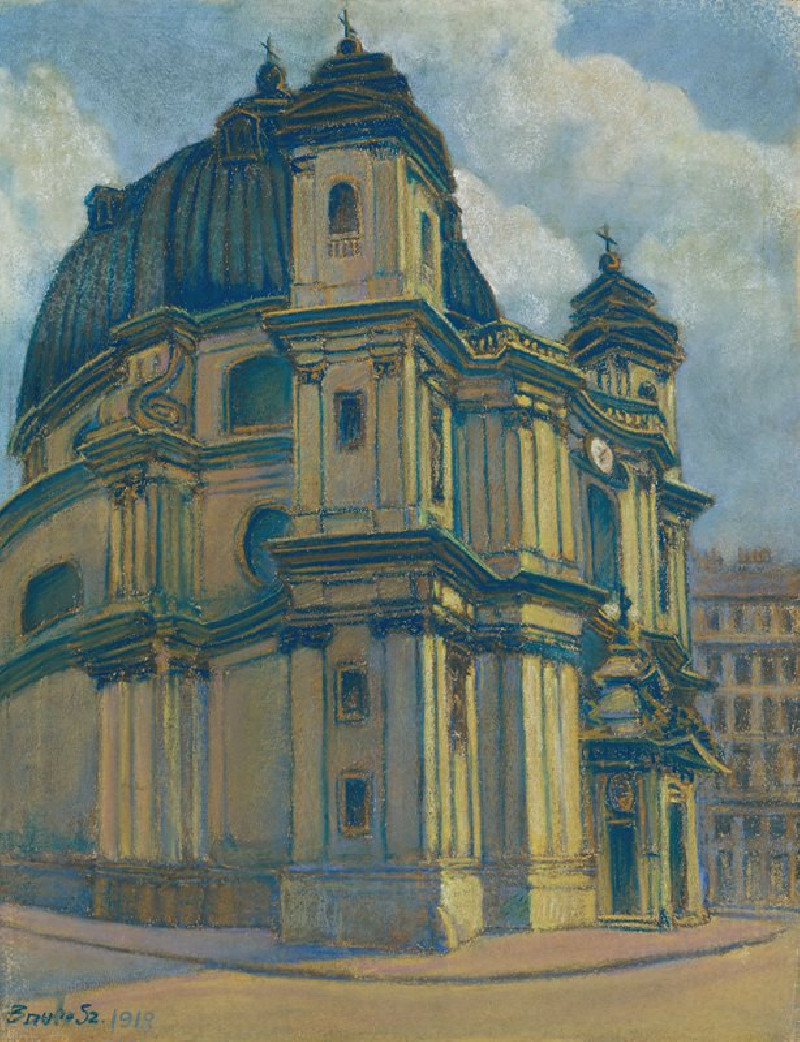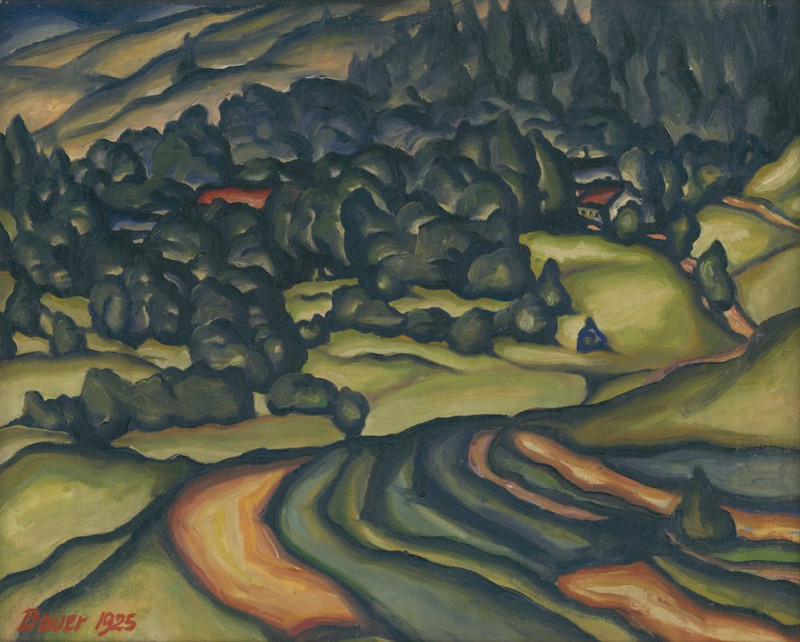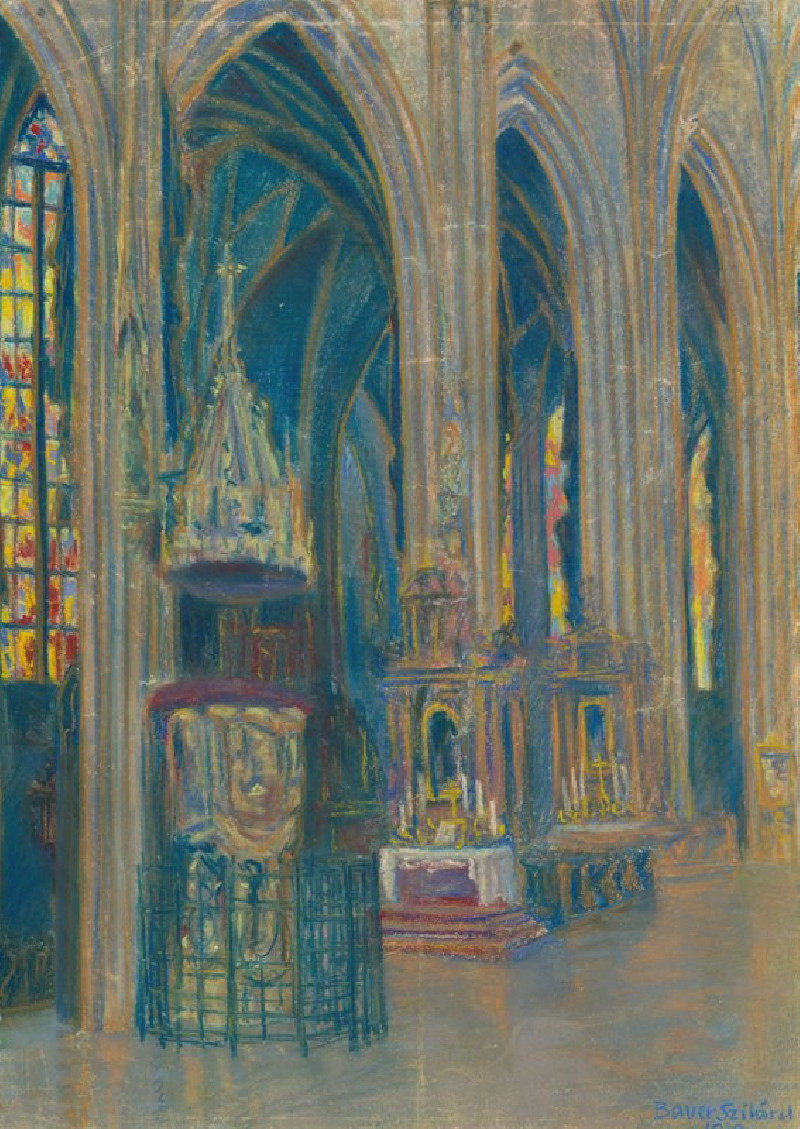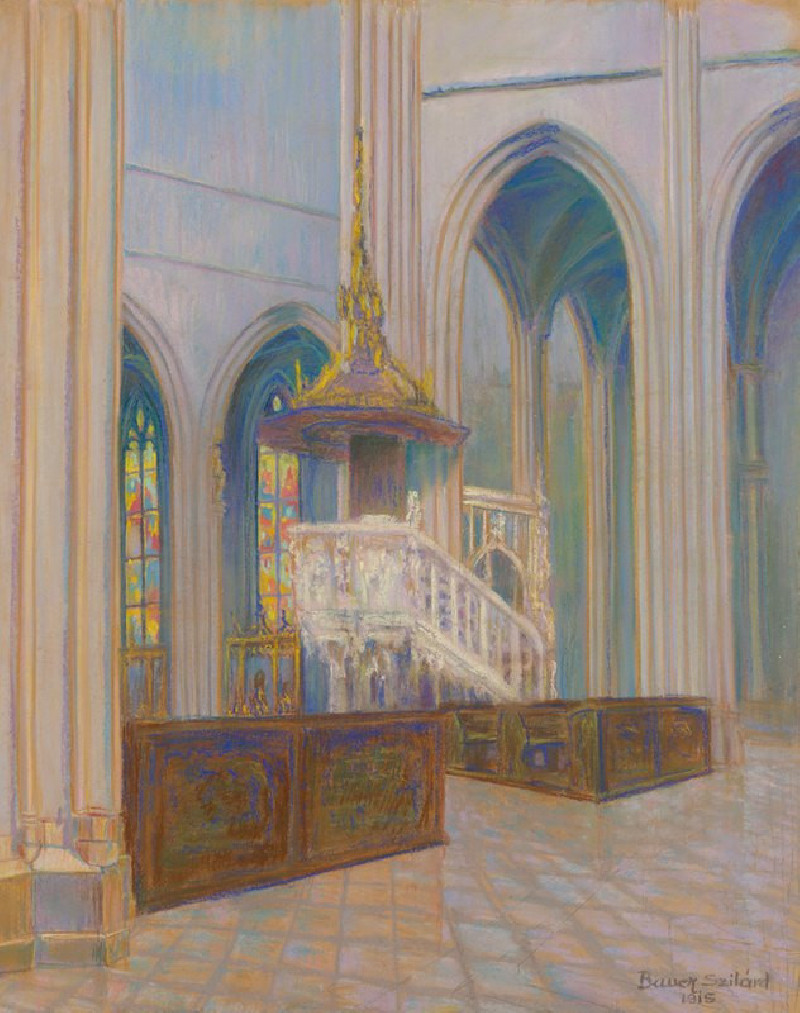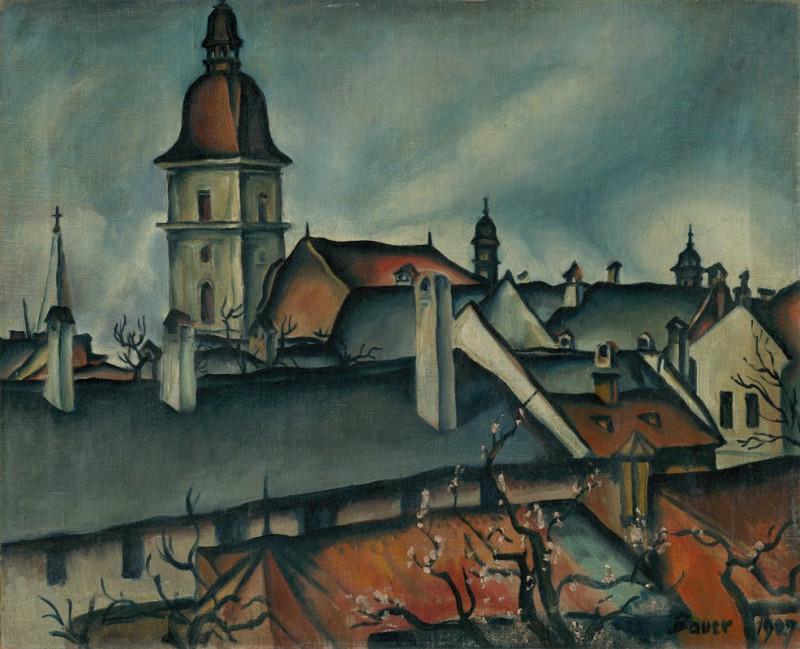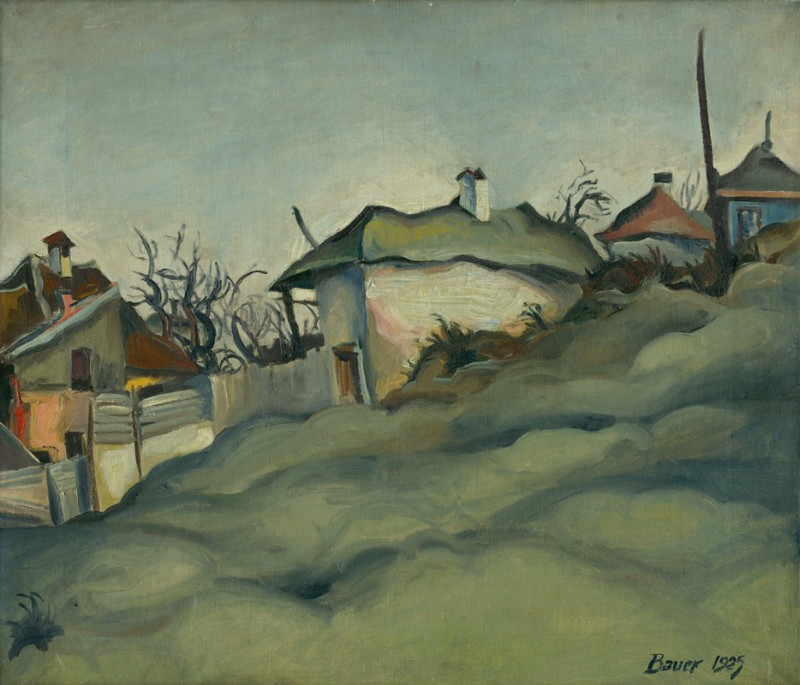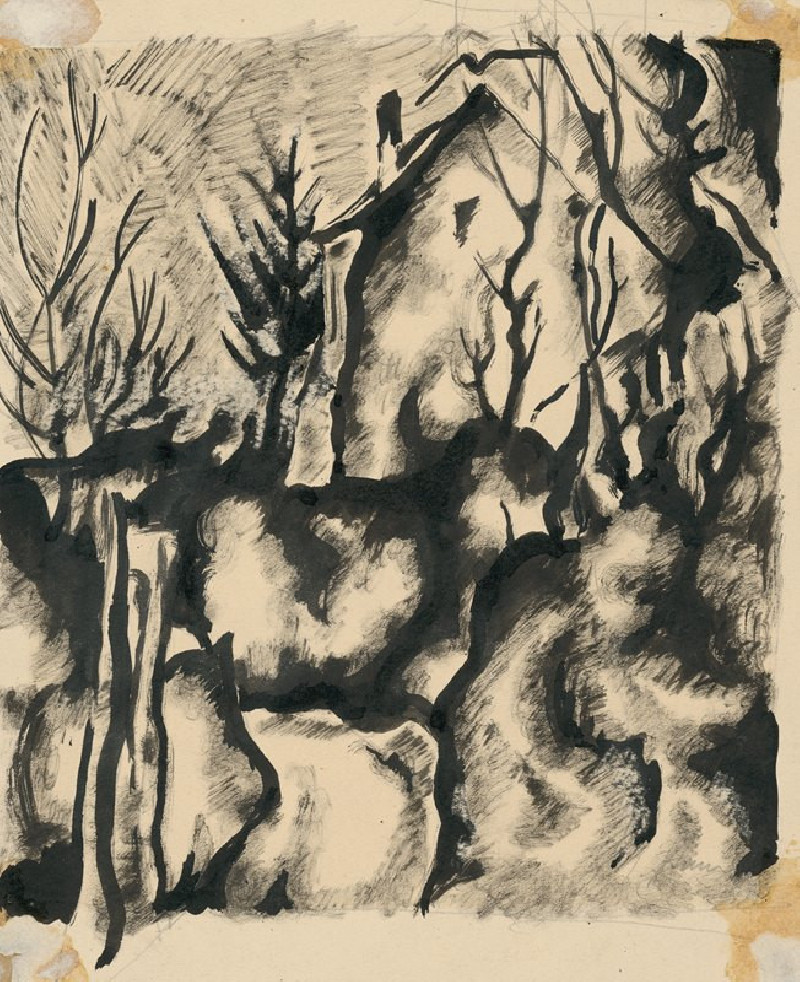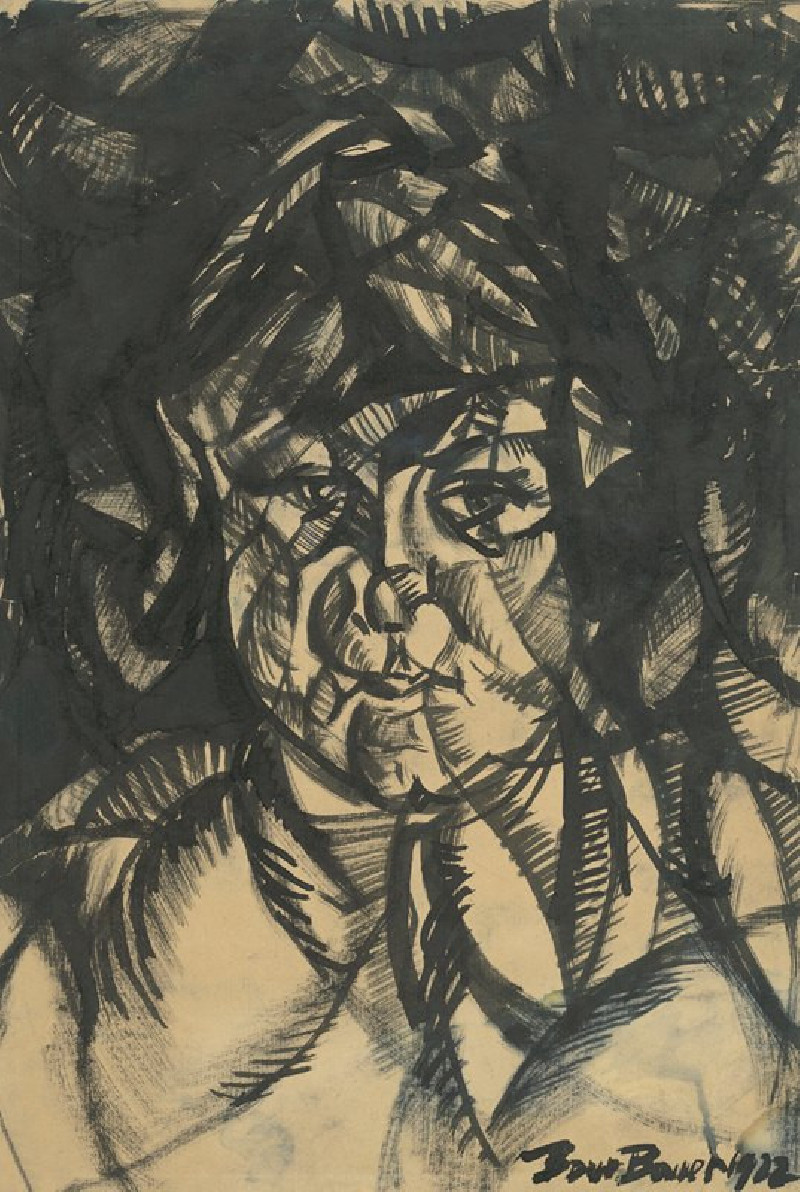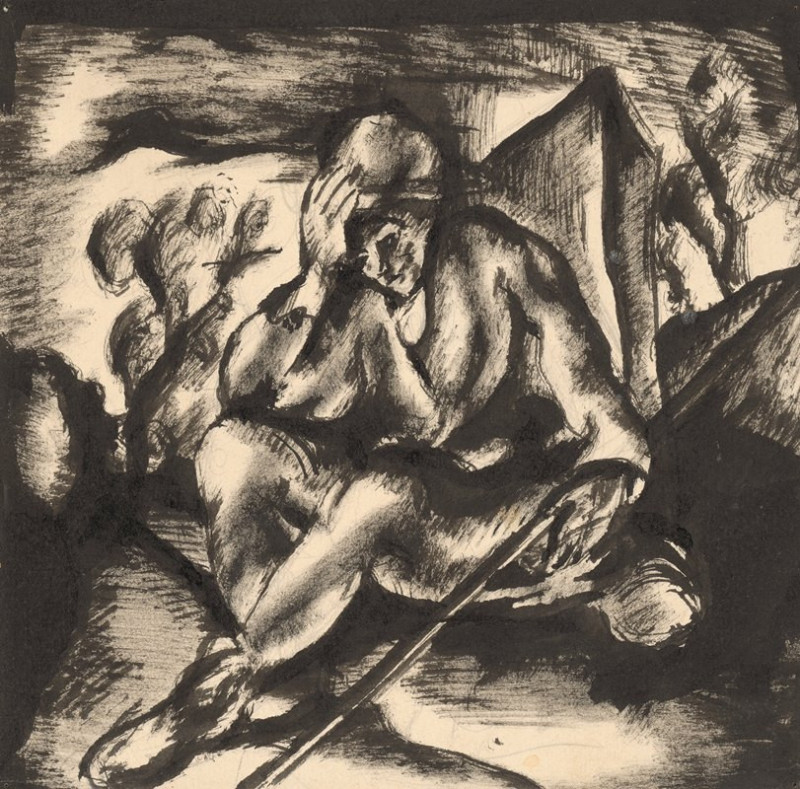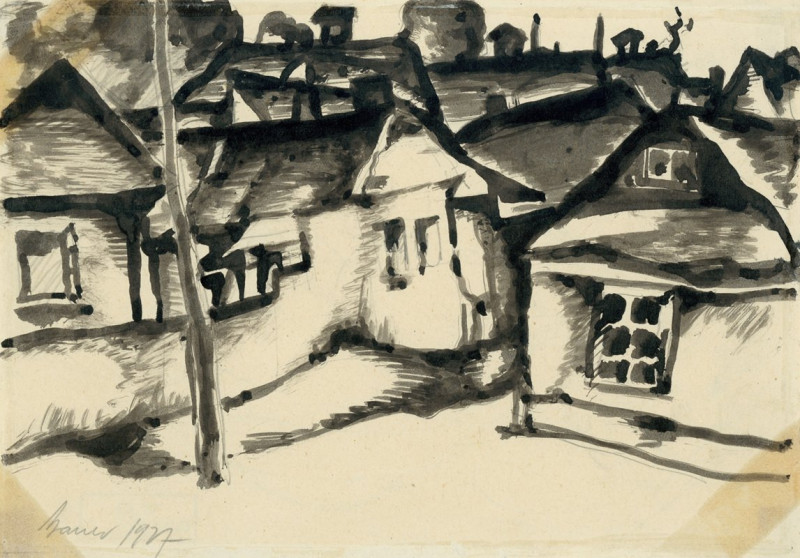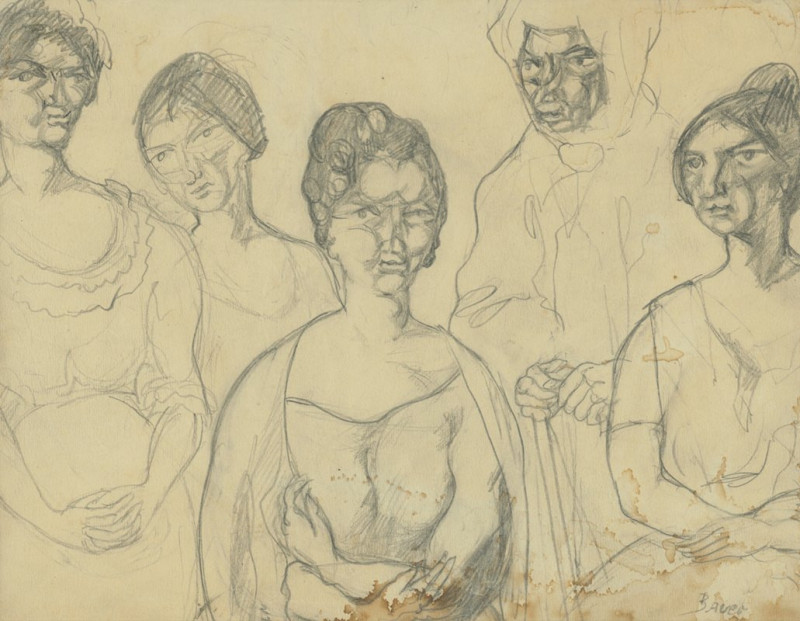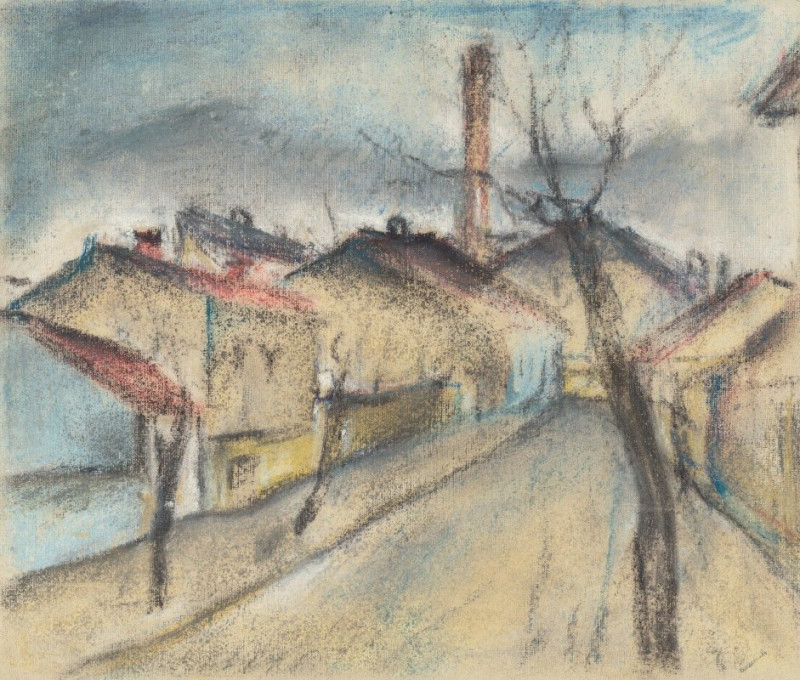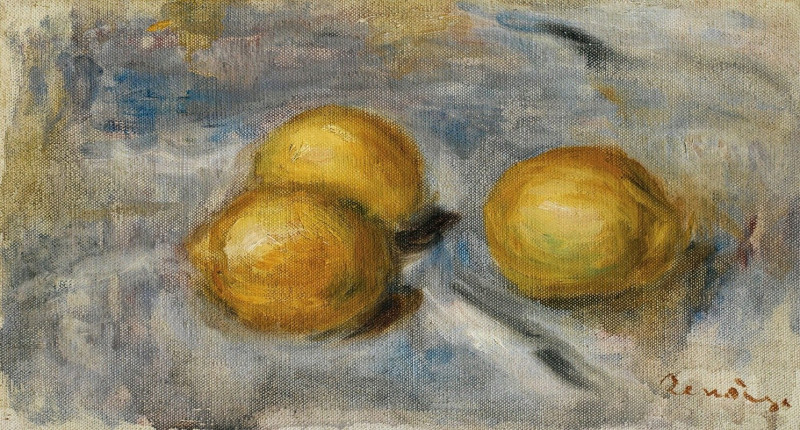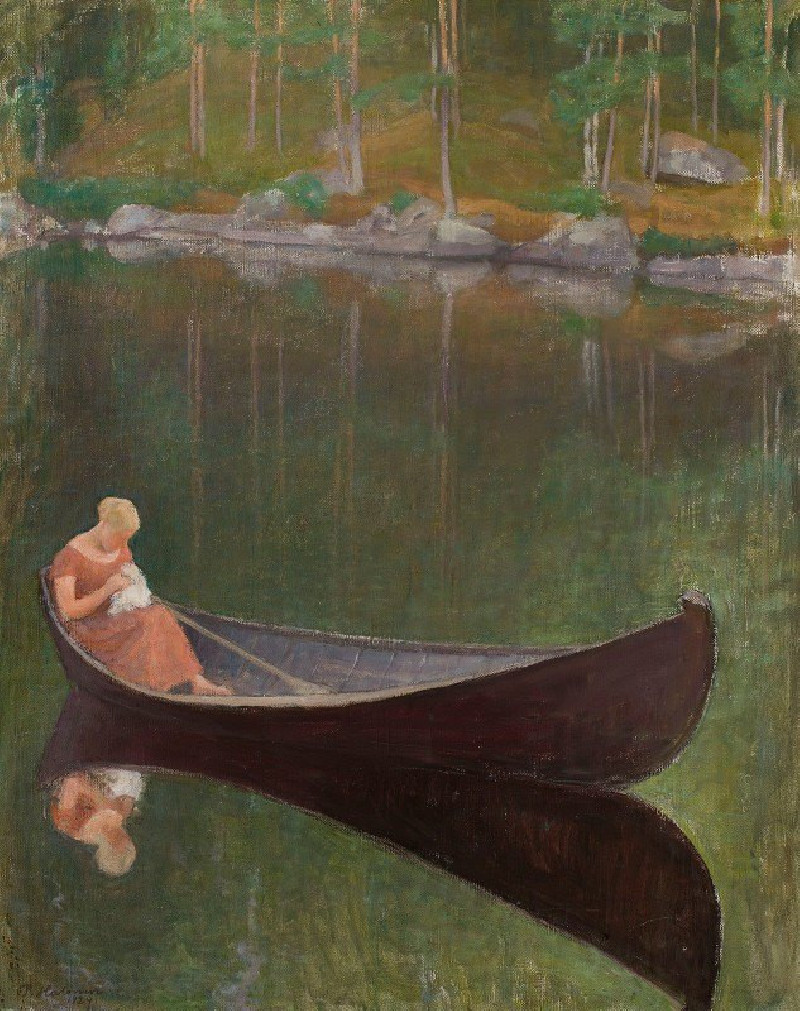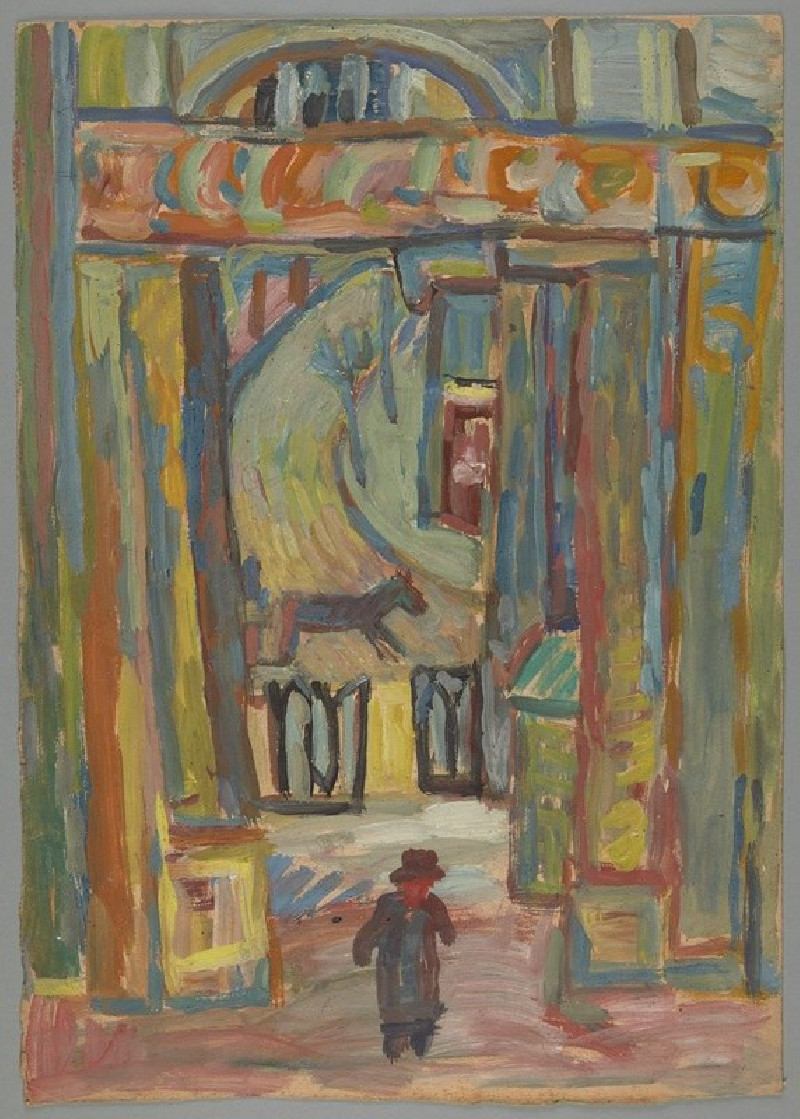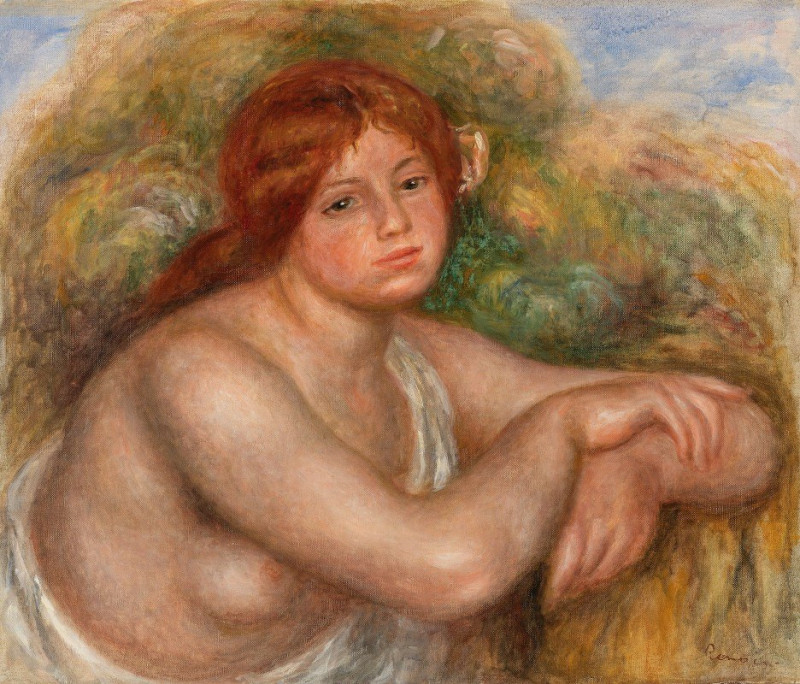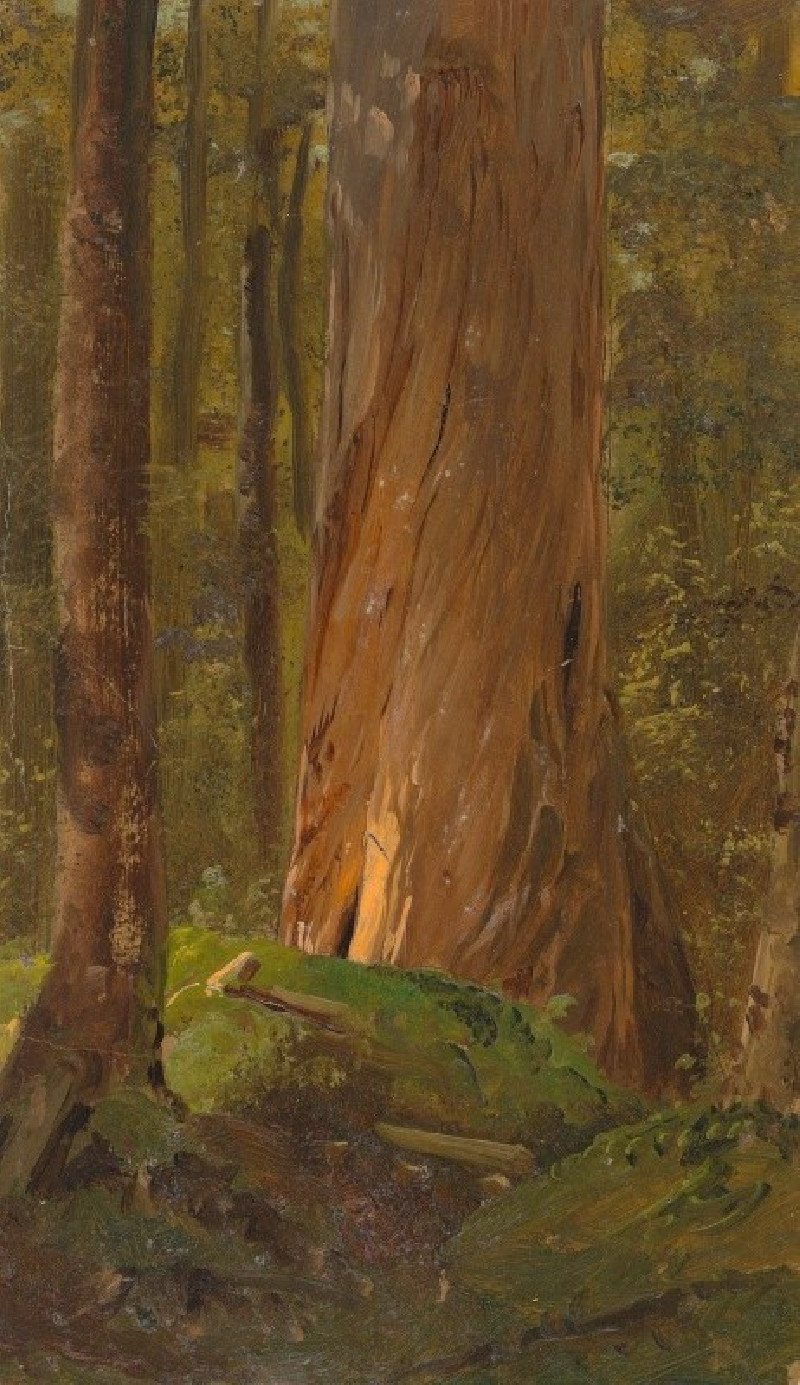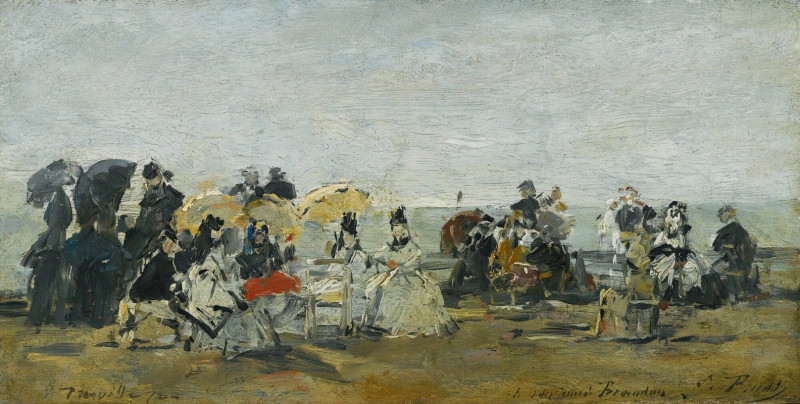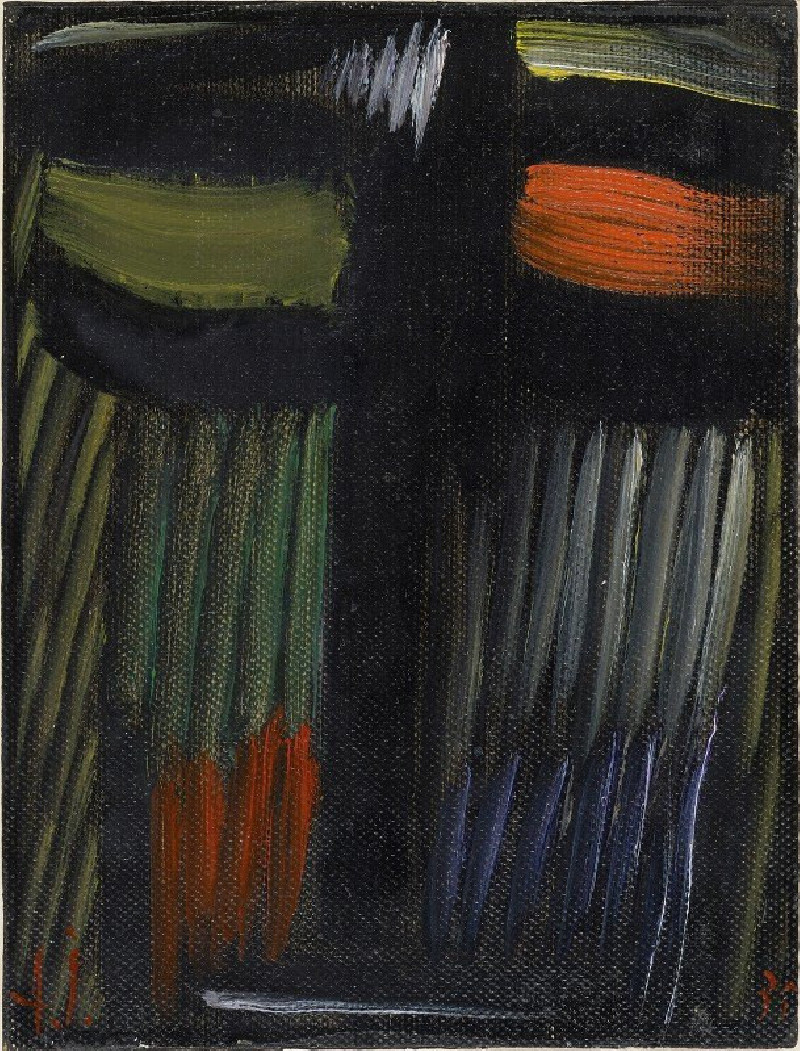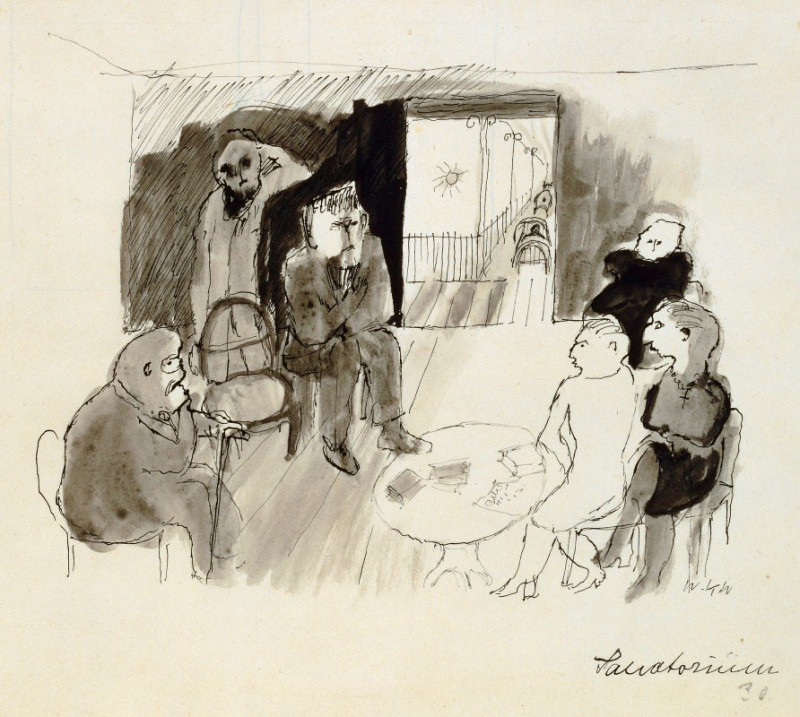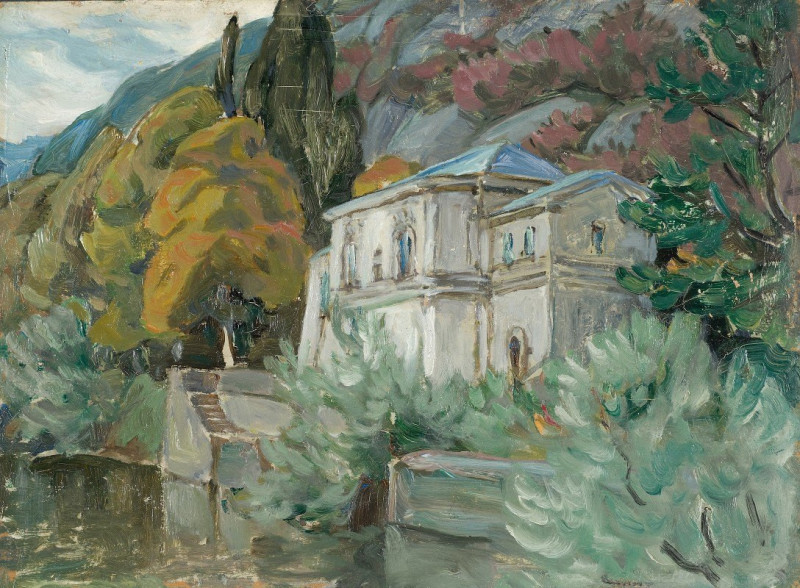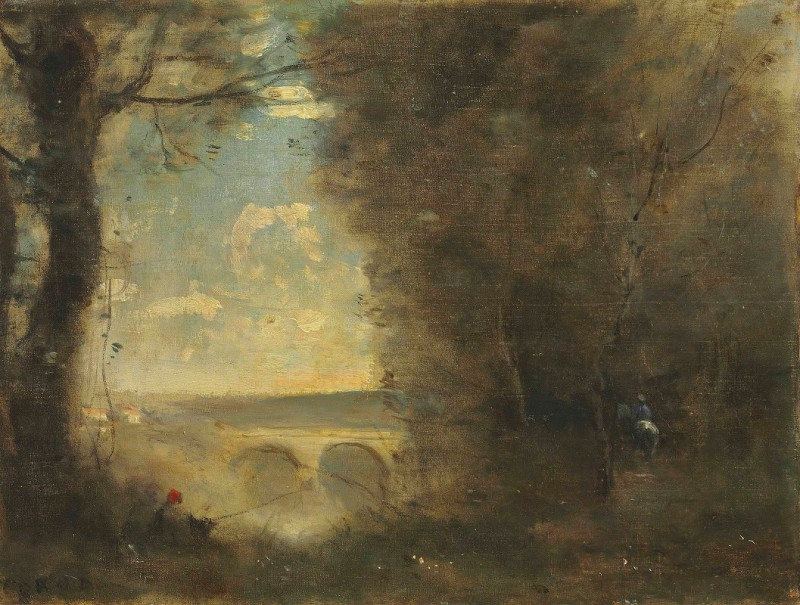Na okraji Košíc (1927)
Technique: Giclée quality print
Recommended by our customers
More about this artwork
Artist:by Konštantín Bauer is a compelling painting that evokes the simple yet profound everyday life at the edges of Košice, a city renowned for its rich history and cultural significance. Painted in 1927, this artwork draws the viewer into a somewhat somber landscape that reflects a common scene on the city's outskirts during the interwar period.The painting itself portrays a rustic and somewhat industrial outskirts of Košice, capturing a moment frozen in time. The foreground is marked by rough, broken grounds and debris, hinting at recent activities or ongoing construction. A distinctive feature of the painting is a tall, wooden A-frame structure, possibly used for hoisting or moving materials, dominating the scene. This, along with scattered materials and fences, suggests a landscape in transition, perhaps undergoing development or changes.The background is more subdued, with the silhouettes of traditional houses and their sloping roofs casting shadows under a dusky sky. Smokestacks pierce the sky, emitting no visible smoke, thereby adding a stillness to the scene. The choice of muted, earthy tones coupled with heavy brushstrokes gives the painting an intense texture and depth, reflecting the gritty reality of life at the city's margin.stands as a testament to Bauer's skill in capturing not just a place, but the essence of an era, subtly commenting on social changes and the march of progress. This painting is an invitation to reflect on the quietly unfolding stories at the perimeter of urban life, where the city meets the untouched landscapes.
Delivery
Returns
Konštantín Bauer was a Slovak painter.
Konštantín Bauer was born on November 24, 1893 in Slovenská Ľupča. He spent his childhood in Banská Bystrica. At the age of fifteen, he moved with his parents to Košice, where he graduated from high school. After graduating in mechanical engineering in Budapest in 1915, he worked briefly as an engineer in Novo Mesto pod Šiatrom. From 1916 to 1918 he worked as a railway engineer in Transylvania and then as a civilian employee at the Ministry of War in Vienna.


